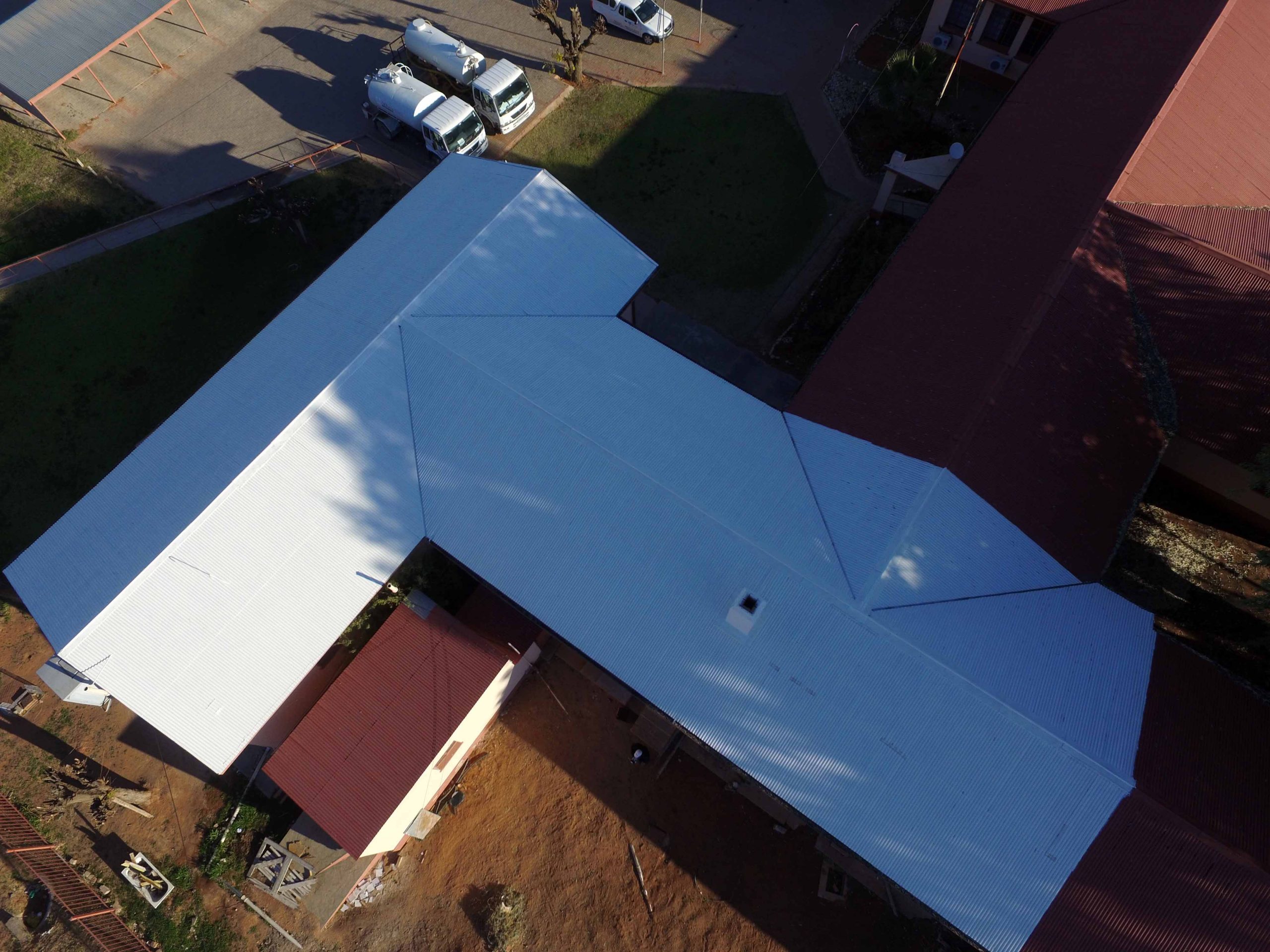The South African National Energy Development Institute (SANEDI) is set to out 26 000 m2 of cool roofing technology in the City of Cape Town as part of the Cool Roofs and Insulation Collaboration. The purpose of the roll out is to show the power of passive cooling when cool coatings are used in conjunction with insulation.
“This project is the first of its kind in South Africa and is being undertaken in partnership with the Thermal Insulation Products and Systems Association SA (TIPSASA). The intention is to use the collected data as evidence for the mandatory inclusion of passive thermal control in the Energy Efficiency Building Code 10400 XA.,” explained Denise Lundall, Project Officer Energy Efficiency Cool at SANEDI. “Without needing to power mechanical cooling systems, cool roofs with insulation offer significant cooling to South African homes in the heat of summer,” continued Lundall.
Cool roofing simply involves the coating of roofs with a durable, reflective membrane which reflects the heat of the sun. It is an inexpensive and highly effective passive energy, low-tech cooling intervention. However, it is not a replacement for insulation, as cool coatings won’t keep a house warm in winter. There was a misunderstanding when cool roofs first came to market, where it was suggested it would replace insulation. This is not the case. Rather, we see the two solutions as complementary.
The mandatory standard thickness for insulation is quite thin and few homes have more than the minimum requirements. Cool coatings can significantly cool a home to the effect of a four times thicker insulation layer. A quadrupled insulation layer would be incredibly costly with a 19- to 21-year return on investment. A cool-coat on a roof with standard insulation would offer the same cooling as a four-times thicker insulation at a fraction of the cost.
Also Read: Gorongosa National Park in Mozambique to build 40 new schools
Selected communities
The communities selected for this project include the Masonwabi settlement, Masiphumelele township on the Cape Peninsula, and Morkel’s Cottage in Strand. “When selecting the areas for this proof-of-concept, it was necessary to ensure that the houses were new enough to be in good condition with no broken roof tiles, but old enough to document the changes in temperature and engage with established residents,” said Lundall.
He further noted that community engagements and willing residents were vital in securing the roll out with no community unrest. This means that many site visits and face-to-face interactions were crucial. The project experienced delays due to lockdown. However, with the use of many eager local painters, SANEDI is looking set to wrap up in late December 2020 or early January 2021.
To implement this project, as with other cool roofing projects, SANEDI used local unemployed people more especially the youth and women. “When unemployed local residents turn up to assist us, we provide them with training and offer an artisans’ certificate, meaning they receive a recognised trade qualification. We also provide them with supervised painting experience across thousands of square metres. This gives them a huge ‘bank’ of painting experience which will increase their chance of employment when entering the job market. In this way, we are not only adding to the comfort of these communities, but also providing economic opportunities,” concluded Lundall.
